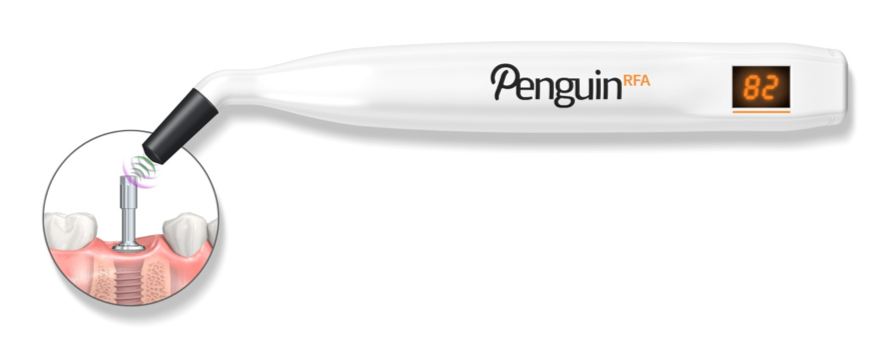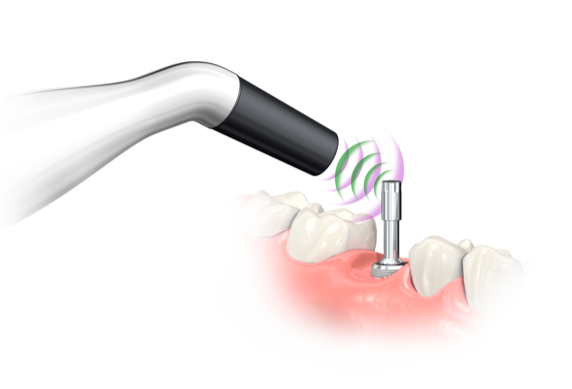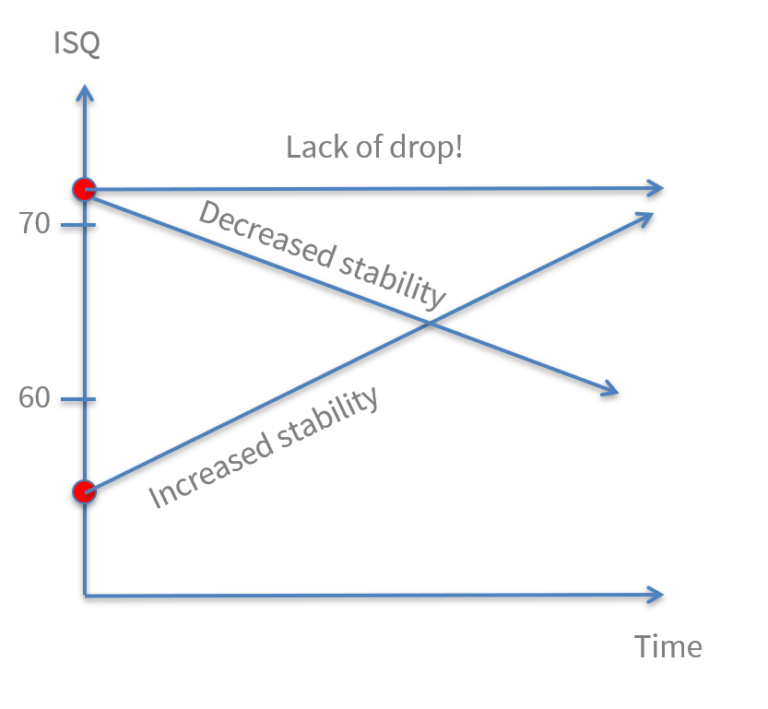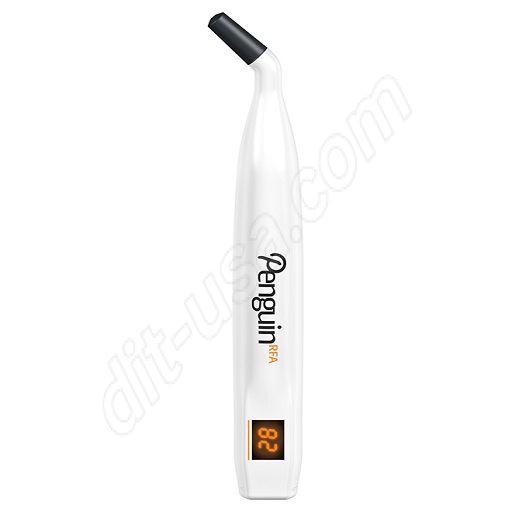Penguin RFA Implant Stability Monitor
Clinical benefits include:
- Accurate ISQ measurement provides greater confidences when determining osseointegration and safe loading times. ISQ Study
- Cordless, light-weight (<3 oz.), and easy to use
- A fraction of the cost of competing ISQ devices
- Two-year warranty
- Made in Sweden.
PenguinRFA- the movie
The Procedure
By mounting a MulTipeg the measurement is made in a second. Just aim for the magnet on top of the MulTipeg. Non-invasive, objective, accurate and repeatable.
The technique behind and the ISQ scale
The technique behind the Penguin RFA is called Resonance Frequence Analysis (RFA) and the measurement unit is named Implant Stability Quotient (ISQ).
The peg is excited by magnetic pulses and vibrates due to the stiffness in the contact area between the bone and the implant surface.Once attached to an implant, magnetic pulses cause the MulTipeg™ to vibrate. The instrument measures the frequency of the vibration and translates it to an ISQ scale value between 1 and 99. The higher the ISQ value, the better the stability. RFA measures implant stability as a function of interface stiffness, which correlates with implant displacement, i.e. micro-mobility. The local bone density determines the ISQ value, and is influenced by factors such as the implant placement technique, implant design and healing time. Implants with low and/or dropping ISQ values seem to pose an increased risk for failure compared with implants with high and/or increasing values.
The ISQ-scale and clinical guidelines
Values above ISQ 70 indicate a very stable implant with low micro-mobility. This value is typically recommended for one-stage and immediate loading. A second measurement is recommended before the final restoration to verify osseointegration.
Osseointegration
Values in the range of 75 ISQ means the implant is already so stable that osseointegration cannot add stability in a significant way. The proof of osseointegration is the lack of a drop in ISQ.
If the implant has a low initial ISQ, let’s say 55, osseointegration will add stability over time.
The ISQ value correlates also to implant micro mobility, as shown in the articles below:
- Trisi P, Carlesi T, Colagiovanni M, Perfetti G, J Osteol Biomat 2010; 1:141-151 | ID:-354 |
- Pagliani L (L) ; Sennerby L (L) ; Petersson A (A) ; Verrocchi D (D) ; Volpe S (S) ; et al., J Oral Rehabil ; 2013-Mar ; 40(3):221-7
In addition, the importance of a primary and secondary ISQ measurement to detect an increase of stability and hence sufficient osseointegration, is shown in the following selection of articles;
- Barewal RM, Oates TW, Meredith N, Cochran DL., Int J Oral Maxillofac Implants 2003: 18: 641–651
- Glauser R, Lundgren AK, Gottlow J, Sennerby L, Portmann M, Ruhstaller P, Hämmerle CH., Clin Implant Dent Relat Res 2003: 5: 47–56.
- Bogaerde LV, Pedretti G, Sennerby L, Meredith N., Clin Implant Dent Relat Res. 2010;12 (Suppl 1):e83-94.
Primary and secondary measurements are equally important in order to detect a decrease in stability, to identify potential implant failures which has been demonstrated in several articles, e.g.;
- Glauser R, Sennerby L, Meredith N, Re´e A, Lundgren A, Gottlow J, Hämmerle CH., Oral implants Res 2004: 15: 428–434
- Turkyilmaz I, McGlumphy EA.,BMC Oral Health. 2008;8:32.
- Östman PO, Hellman M, Sennerby L., Int J Oral Maxillofac Implants. 2008;23:315-22.
- Vanden Bogaerde L, Rangert B, Wendelhag I., Clin Implant Dent Relat Res 2005: 7(suppl. 1): 121– 130.
Additional scientific publications
More than 1000 articles on the subject have been published in peer-reviewed papers since 1996*.
We especially recommend a summarising article by prof. Lars Sennerby**. This and other articles can be found under "Marketing material & Downloads".
*The articles are both in-vitro and in-vivo studies using RFA on dental implants. A part of the articles are using other means of measuring RFA than Penguin RFA.
**Resonance Frequency Analysis for Implant Stability Measurements,
INTEGRATION DIAGNOSTICS UPDATE 2015;1:1-11
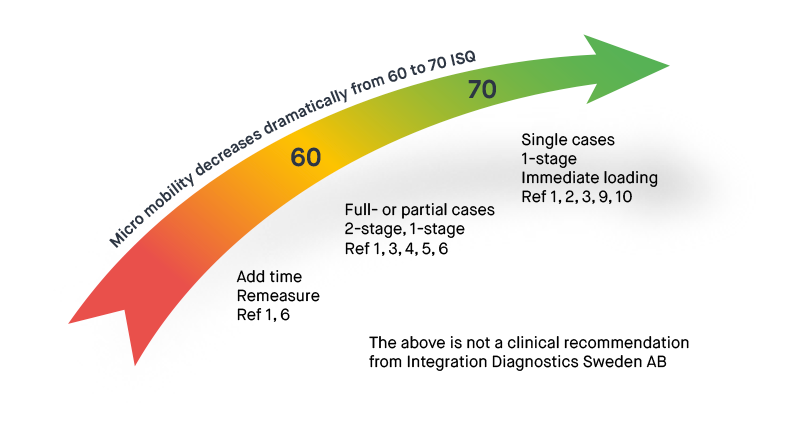
1. Sennerby L, Meredith N. Periodontology 2000, Vol. 47, 2008, 51–66
2. Kokovic V, Jung R, Feloutzis A, Todovoric V, Jurisic M, Hämmerle C. Clinical Oral Implants Research, 00, 2013, 1-6
3. M Bornstein, C Hart, S Halbritter, D Morton, D Buser, Prof. Dr. med. dent. Clin Implant Dent Relat Res 2009
4. Serge Baltayan, Joan Pi-Anfruns, Tara Aghaloo, Peter Moy. J Oral Maxillofac Surg 74:1145-1152, 2016
5. PO Östman, Private practitioner, Falun- and Biomaterial Group, Sahlgrenska Academy Gothenburg. Clinical Implant Dentistry and Related Research, Volume 7, Supplement 1, 2005
6. Daniel Rodrigo, Luis Aracil, Conchita Martin, Mariano Sanz. Clin. Oral Impl. Res. 21, 2010; 255-261
7. Pagliani L, Sennerby L, Petersson A, Verrocchi D, Volpe S & Andersson P. Journal of Oral Rehabilitation 2012
8. P Trisi Phd, T Carlesi DDS, M Colagiovanni DDS, G Perfetti MD, DDS. Journal of Osteology and Biomaterials, Volume 1, Number 3, 2010
9. S Hicklin, E Schneebeli, V Chappuis, S Francesco, M Janner, D Buser, U Brägger. Clin. Oral Impl. Res. 00, 2015; 1-9
10. L. Milillo, C. Fiandaca, F. Giannoulis, L. Ottria, A. Lucchese, F. Silvestre, M. Petruzzi. Oral & Implantology – anno IX – n. 3/2016
-
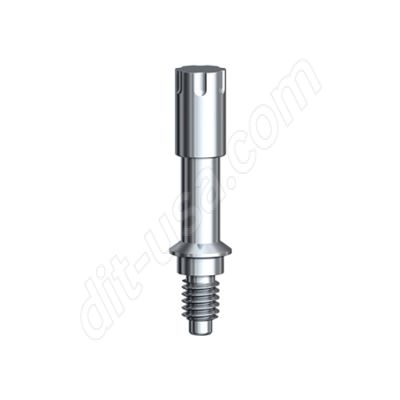 Multipeg for Penguin RFA$39.00
Multipeg for Penguin RFA$39.00
Summary
Clinical benefits include:
- Accurate ISQ measurement provides greater confidences when determining osseointegration and safe loading times. ISQ Study
- Cordless, light-weight (<3 oz.), and easy to use
- A fraction of the cost of competing ISQ devices
- Two-year warranty
- Made in Sweden.

